We have some nest boxes in our garden and one of them has a webcam, which we connected to our television. To our delight we saw that it was occupied by a blue tit last week:) The blue tit uses it every night to sleep and hopefully she will start laying eggs soon! We keep on monitoring and aim to get a link going in case hatchlings appear.
|
I was interviewed by Västerbottens-Kuriren, a Swedish newspaper, about birdwatching. The piece appeared in the weekend section of last Saturday's (09-05-2015) paper, and can be found here.
I was recently interviewed by a Dutch column writer, Caspar Janssen, from "de Volkskrant", a Dutch national newspaper. He writes about an animal every week, and this week was the week of the hedgehog. Last Saturday it appeared in the newspaper. You can find the column (in Dutch) here.
I, together with co-authors Roland Jansson and Christer Nilsson, wrote a scientific report entitled "Future biodiversity in the Barents Region" that recently got published by the Nordic Council of Ministers. The report is based upon the research that I, with help of others, conducted at Umeå university from 2010 till 2014. A very short summary of the report: "Climate change may affect biodiversity to a large extent. Its effects have already caused shifts in species distributions and even species extinctions. Since especially high latitude regions are expected to be affected, this publication assesses the impact of future climate change on the biodiversity in the Barents Region (northern parts of Norway, Sweden and Finland, and Northwest Russia). It reports on the impact of climate change on a large range of species, including amphibians, butterflies, birds, mammals, moths, plants, slugs, snails, and reptiles, of which a few were studied more in depth. It further identifies future hotspots of species diversity and gives recommendations on species that should be prioritized for conservation and on areas that should be included in the network of protected areas in future. Lastly, it provides guidance on which aspects require further study."
Find the publication here. In February I co-organized a symposium on "Accelerating the pace of knowledge gain in restoration ecology: perspectives from ecological and social scientists, consultants, and practitioners." and organized a symposium on "Accounting for climate change in species conservation: examples from research and a workshop on modelling techniques." during the Swedish Oikos meeting of 2015. Both symposia were well attended and resulted in fruitful discussions and will hopefully lead to collaborations between the speakers and attendees.
I made a small compilation of birdlife in the Baltic Sea while ringing shorebirds with Umedeltats ringing station. Do have a look at the video on youtube. 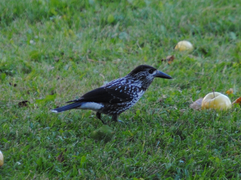 Alien species in a warming climate: a case study of the nutcracker and stone pines Anouschka R. Hof Species are predicted to shift their geographic range with climate change, which increases the need for good conservation planning and management practices. Not only may climate change increase the number of invasive species in parts of the world, it may also lead to some species becoming invasive under new, more preferable, climatic conditions. This study investigates whether climate change may enhance the spread of alien species by another alien species. I use the interaction between the alien slender-billed nutcracker and alien, potentially invasive, stone pines as a case-study and specifically aim to quantify to which extent the potential spread of stone pine species in Sweden in a warming climate is augmented by its dispersal agent: the slender-billed nutcracker. I found that accounting for the future climatic niche of the slender-billed nutcracker, and therefore for its potential presence, significantly augmented the increase of the predicted future range of the stone pines under climate change. This result does not only stress the importance of accounting for species interactions when assessing the impact of climate change on species’ future geographic ranges, it also stresses the need for nature conservationists and managers to incorporate species interactions and climate change when designing appropriate plans with regard to invasive species. Although the implications of the predicted future spread of the slender-billed nutcracker might be limited, since the very similar thick-billed nutcracker is native to Sweden, the effects of the stone pines should not be neglected. They are currently classified as potentially invasive in parts of the Nordic region. Link to the article at Springer All birds have now left the islands and migrated south to their wintering areas. I hope 'my' colour-ringed black guillemots will be spotted in their wintering areas. I am considering going on a trip to the south myself to see how they are doing. Let's hope many will come back next year! We have now removed all cameras from the islands, so the analyses of the many pictures and videos can start. Below you will find an example of a video of a colour-ringed black guillemot visiting its nest. A MSc student from Umeå University is going to do this work, with a little help from me and others. Furthermore, the first manuscript about the impact of climate change on the black guillemot in the Baltic Sea region has been submitted to a scientific journal. Let's see how it is being received! So far the fieldwork is going successfully. Up till now we managed to ring 6 adults and 47 young birds. Hopefully we will be able to find some more birds, and it would of course be excellent if we are able to see them again next year! The camera traps also do a grand job. The 15 cameras deployed have taken thousands of pictures and videos. That will keep us occupied over winter! What would they be talking about? A screenshot of a video of two youngsters exploring the wide world for the first time
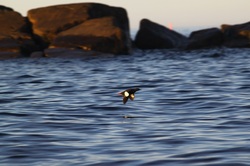 © Andrew Allen © Andrew Allen In the past month we have been paying regular visits to the islands that have breeding guillemots. We put out some nest-boxes in the hope they would be used by black guillemots. So far only one is used by a black guillemot and one is used by a northern wheatear.... Although there are about 40 pairs of black guillemots about, we were only able to locate 25 nests, of which 15 are now followed by camera. We further started ringing adults and 4 are now walking around with a green ring. The young have started hatching just over a week ago, so let's hope all goes well! The cameras take lots of pictures and videos and we are able to see adults paying frequent visits to the nests and bringing in lots of fish. Guarding the nest and the nest is...... bringing a large fish
|
AuthorAnouschka R. Hof Archives
December 2017
|
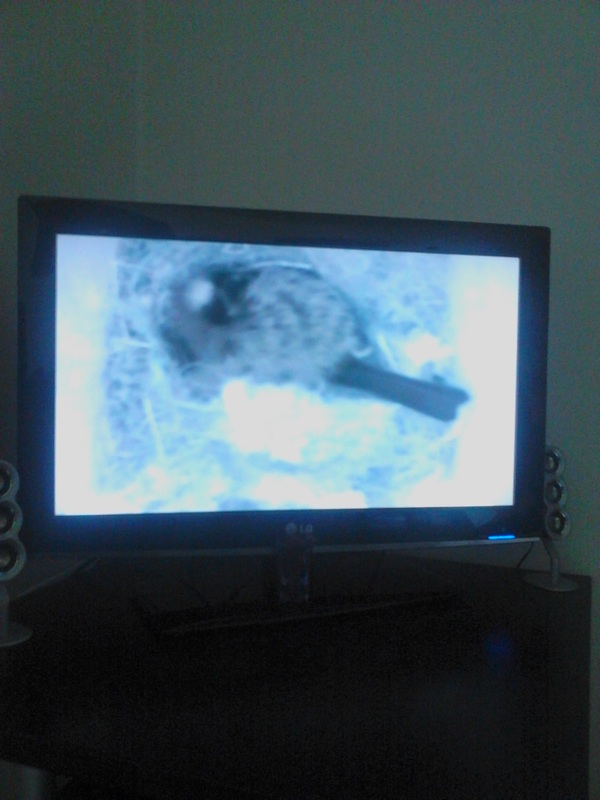
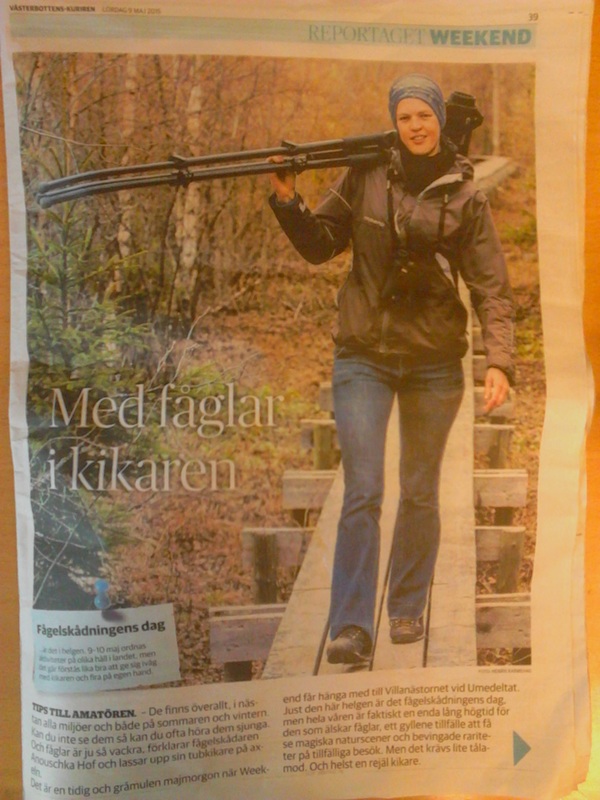
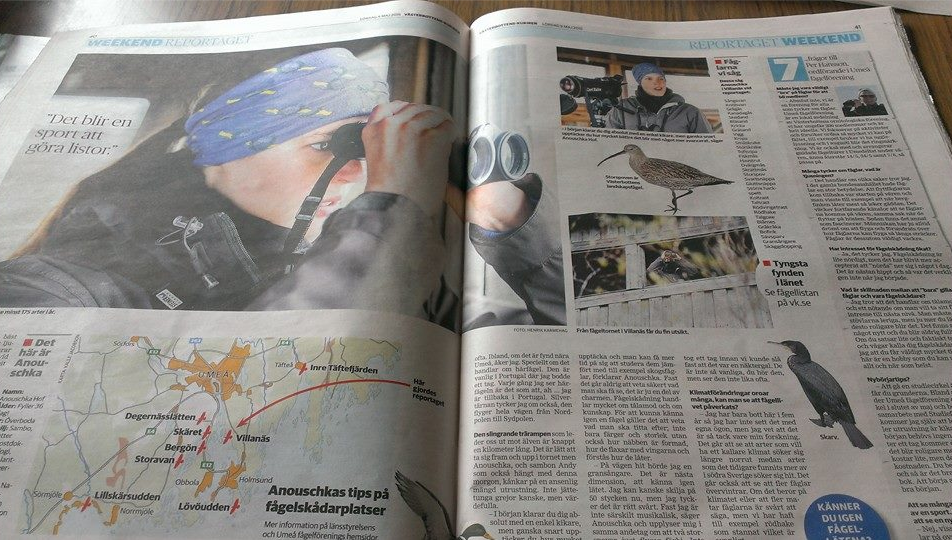
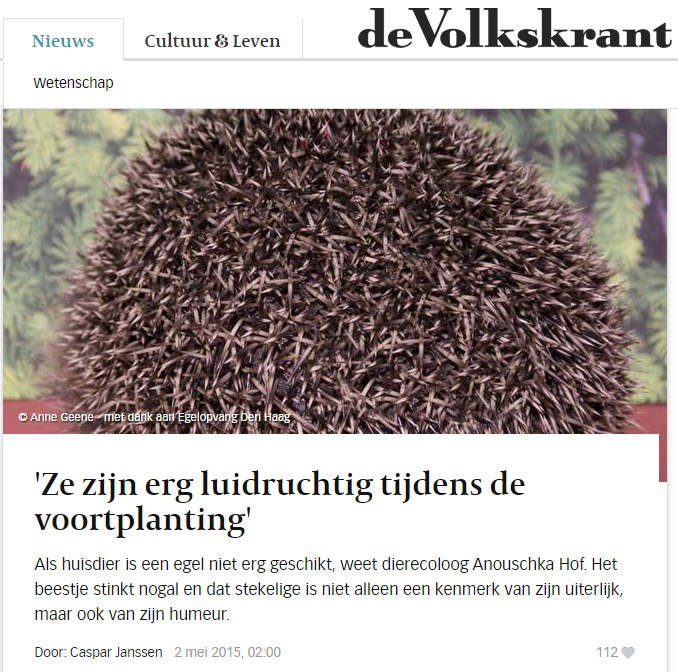
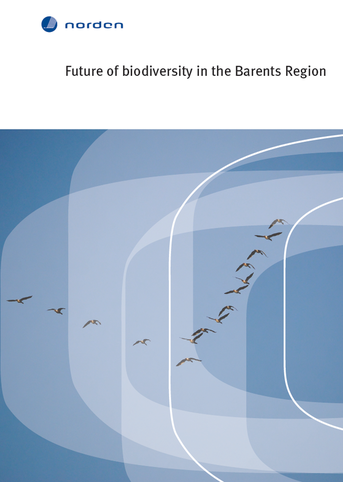
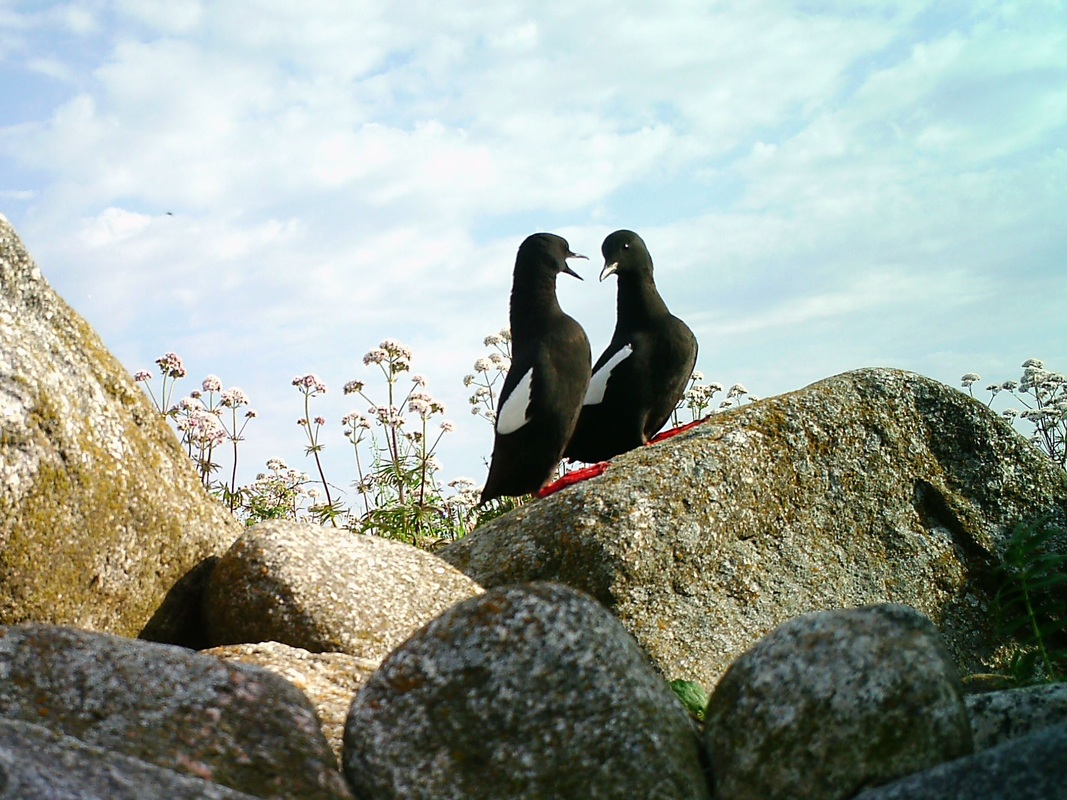
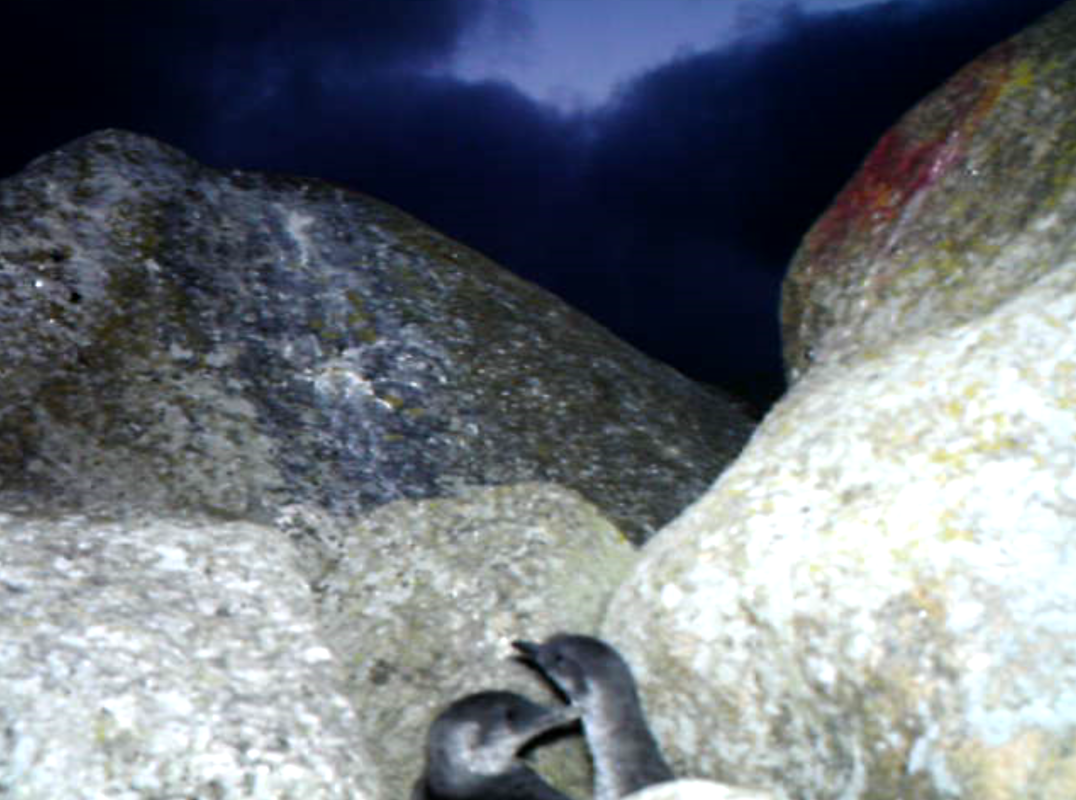
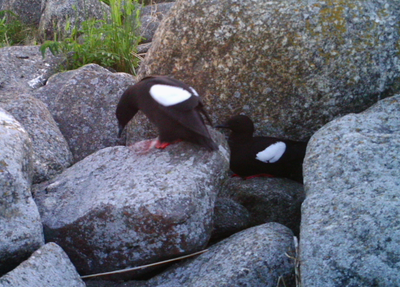
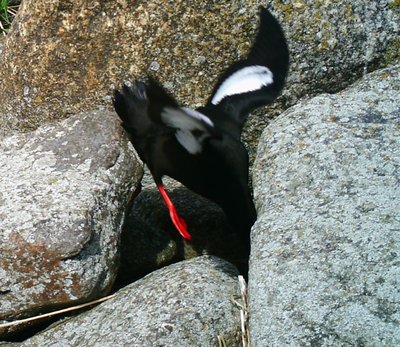
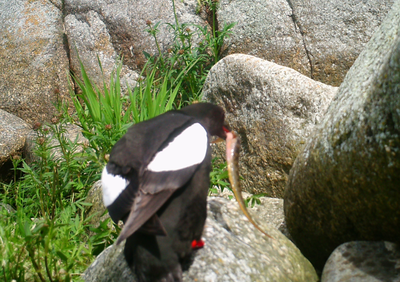
 RSS Feed
RSS Feed
